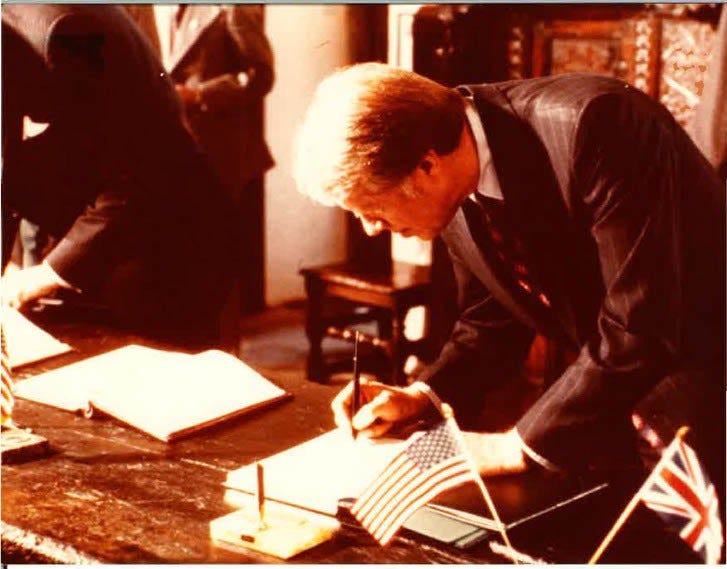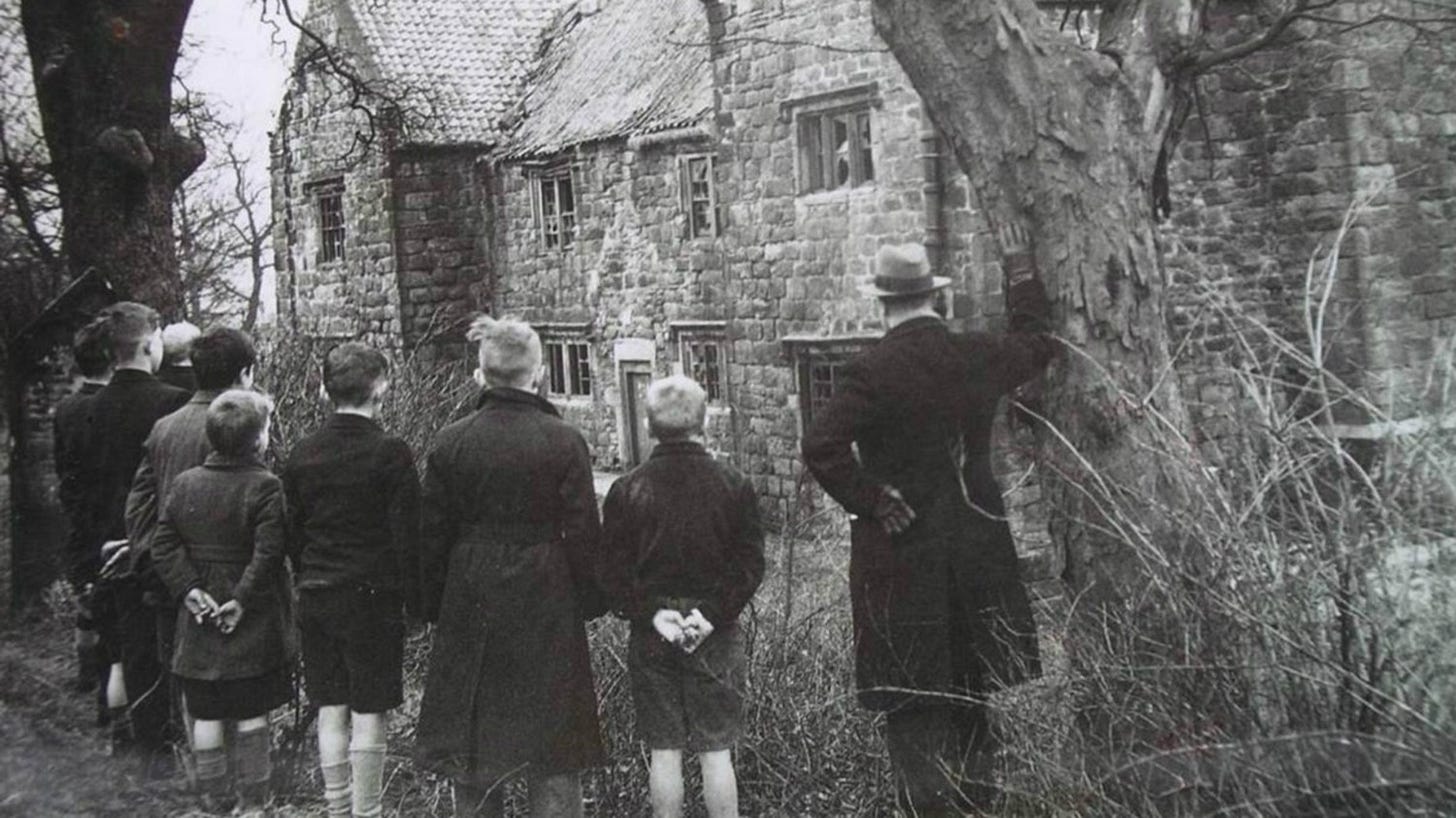Memories sought as Washington Old Hall turns 70
Historic hall exhibition marks seven decades of visitors. Tony Henderson reports
Seventy years ago, a historic building rescued from demolition was opened to visitors.
One of the hundreds of thousands who have visited Washington Old Hall was United States president Jimmy Carter in 1977, underlining the importance of the location to American history.
The hall is known for its connection to the family of George Washington, the first American president. His direct medieval ancestors were residents of the hall, and it is from Washington that the family took their surname.
The hall was opened to the public for the first time on September 28, 1955, by the American Ambassador, Winthrop W. Aldrich. A year later, it came under the care of the National Trust.
Now the Trust is staging an exhibition at the hall to mark the anniversary, running to November 2.

It is hoped that the display will prompt people to contribute their memories of the hall, which will be added to the display.
The exhibition features images and audio clips from the Princess Royal’s visit to the hall in July 1975.
From a medieval manor house to an overcrowded tenement building, the hall has housed both the richest and poorest of the community over its colourful history.
Around 1180, William de Hertburn, a tenant of the Bishop of Durham, exchanged his holding near Stockton for that of Washington and assumed ‘de Wessyngton’ as his new surname.
The largely 17th-century hall incorporates a large portion of the earlier medieval manor which was home to the Washington family.
The hall includes 18th-century gates which were a gift from the Colonial Dames of America, plus a collection of 17th and 18th-century furniture, paintings, delftware, and Washington memorabilia - including a fan given to Martha Washington by the French aristocrat General Lafayette, who fought with the American colonists against British forces, and a raffle ticket signed by George Washington himself.
The Washington family adopted a new coat of arms, which was in use by 1346, and featured two bars (stripes) and three mullets (stars) in red against a white background.
After falling into disrepair in the 19th century, the hall housed nine families, and there were a further five families living on site - two in a tin hut and three in the adjoining building. There was only one water pipe for all the houses, and large families would live in one room, cooking, cleaning, and sleeping in the same space.
The hall eventually deteriorated to the point where it became unfit for human habitation. Almost a ruin, in 1933 it was closed.
Village history-lover and headmaster Fred Hill formed the preservation society that saved the hall in the 1930s - even sitting in front of a bulldozer to block it.
Through the passion and dedication of the local community and donors from both the UK and US, the committee managed to raise the funds they needed, and restoration work began in 1951.
Alongside the National Trust, an independent charity called The Friends of Washington Old Hall have helped to raise money to purchase surrounding land and to help fund the conservation of the building.





